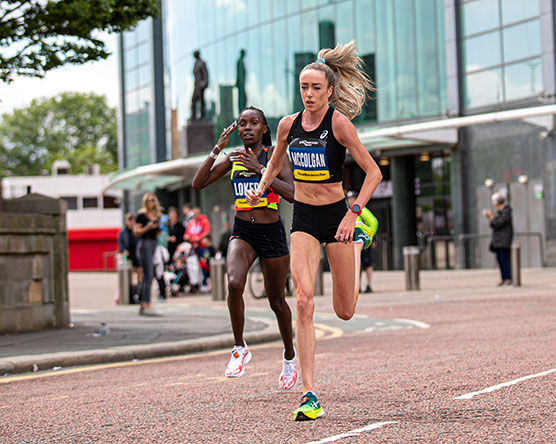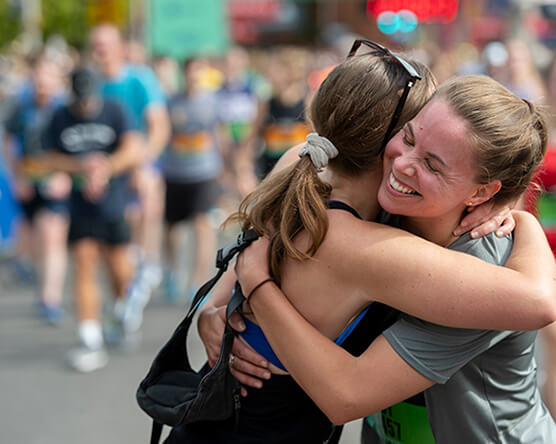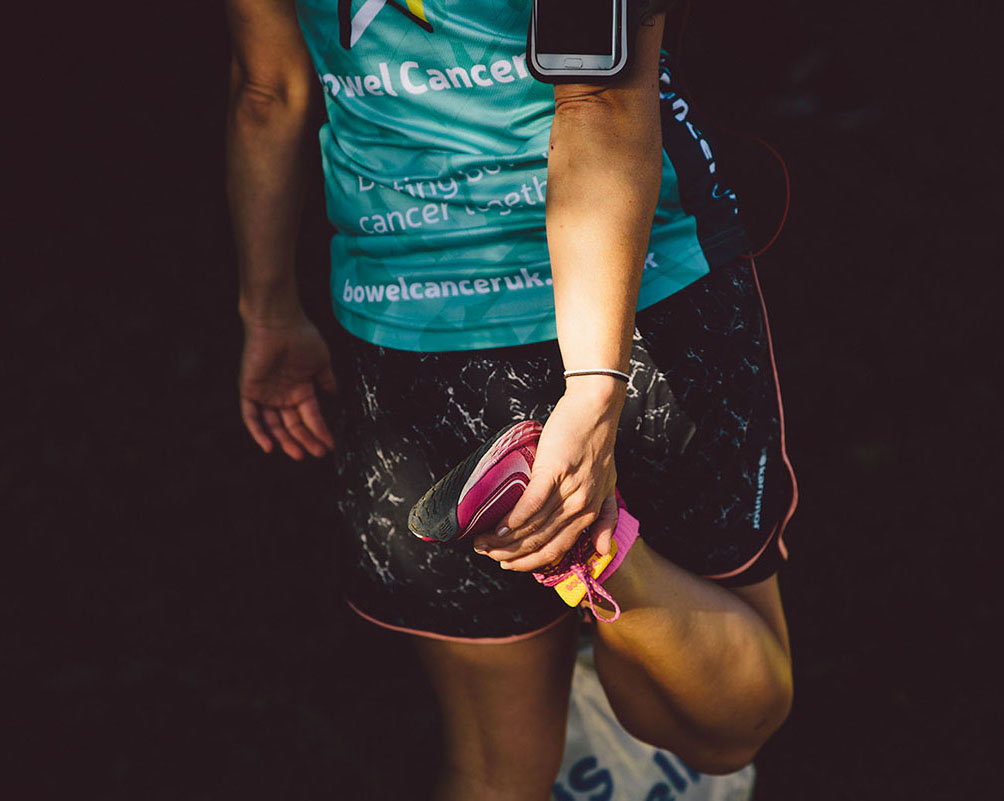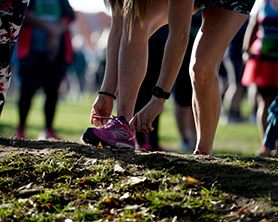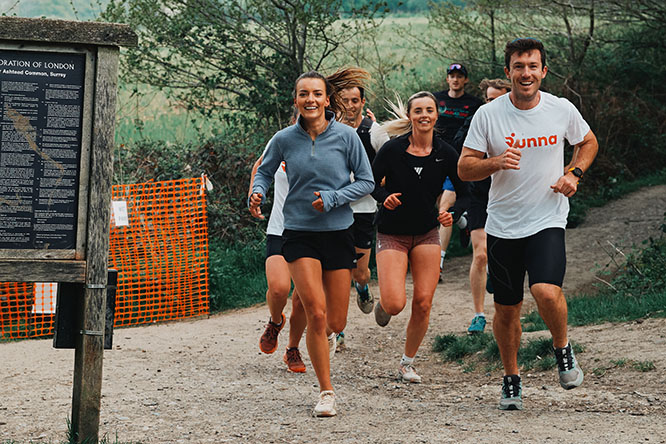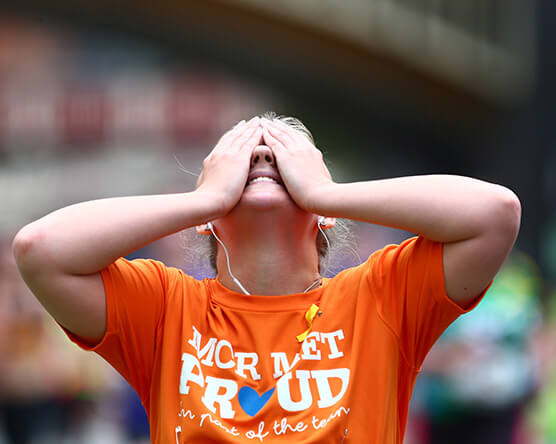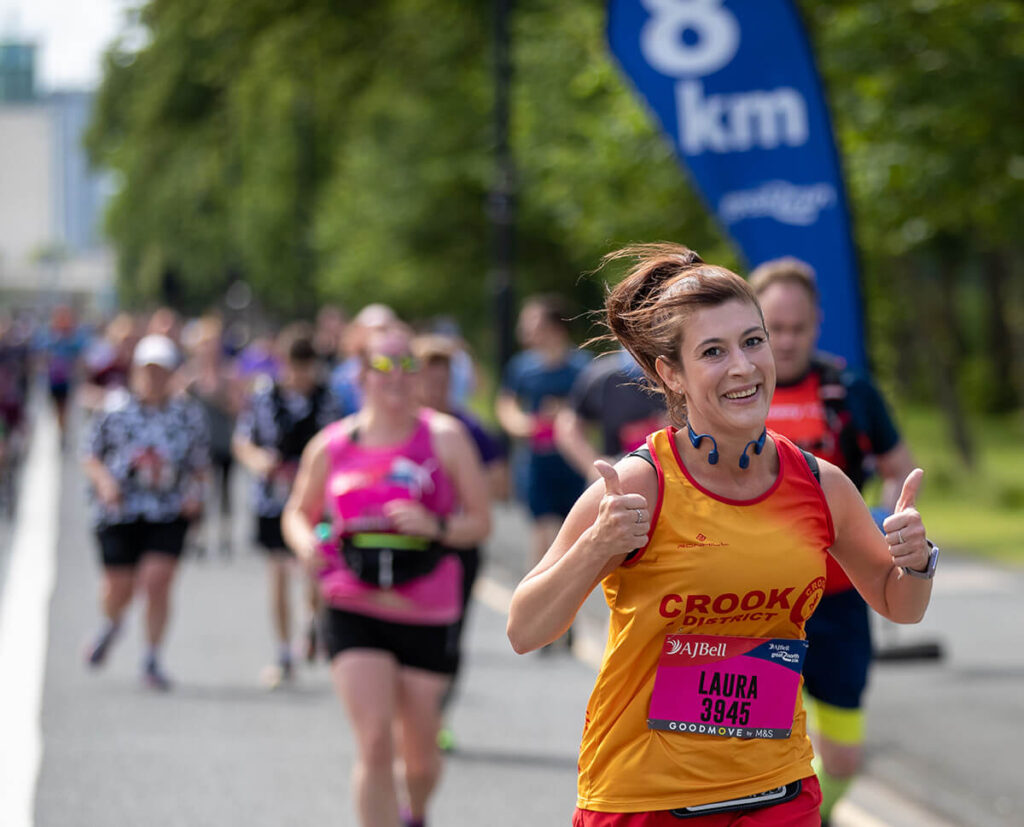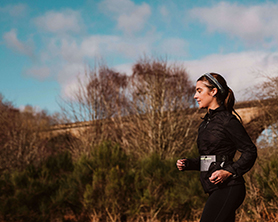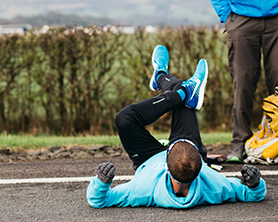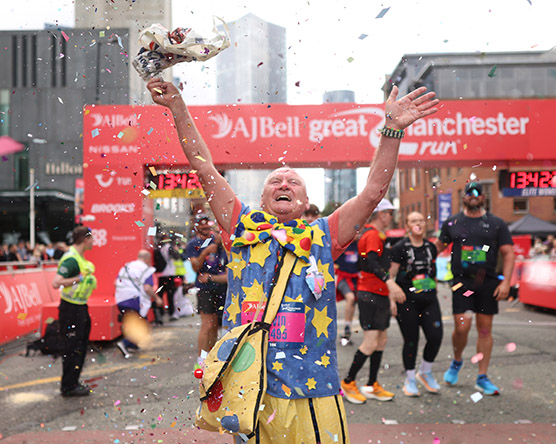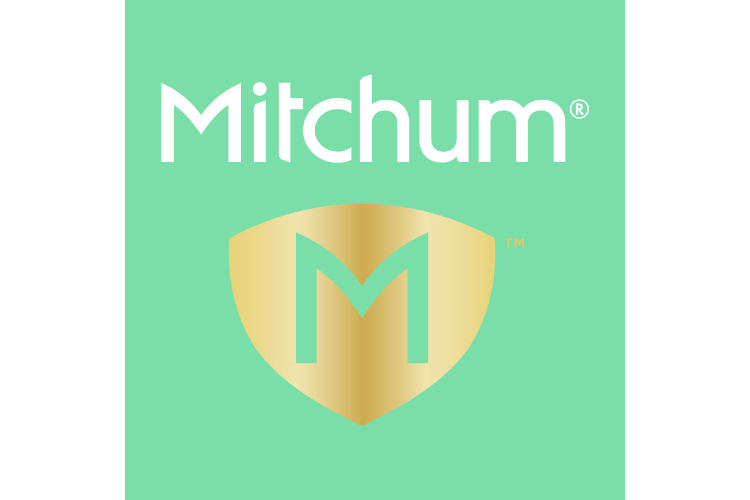Stretching before and after a run is about more than just a satisfying feeling – it’s vital for lengthening your muscles, increasing flexibility and range of movement. It’s also good for your cardiovascular system and helps you to avoid injury.
Many runners are tempted to give stretching a miss, but this is a false economy; you might save a few minutes on the day, but you could end up missing out on weeks or even months of running if you end up with a problem and have to take time out to recover.
But never fear, we’re here to help with advice on how to make stretching part of your running routine – and how to do it effectively.
Warming Up
No run is complete without a warm-up first – and no, a few seconds of jogging at the start of your run doesn’t count!
Did you know that a good warm-up actually has two parts? The first stage is all about increasing your blood flow and temperature, but gently does it. 5-10 minutes jogging lightly or on a treadmill or exercise bike should be enough to increase your heart rate and get ready for stage two.
The second part of your warm-up is about developing muscle length through dynamic stretching – so we’re talking about moving exercises like high-knee running on the spot, heel-to-bum flicks, side stepping and cross overs.
Congratulations, your warm-up is complete – now get ready to run! But don’t overdo it – experts suggest that injuries happen when runners go too far, too fast, so take care when increasing your distance and consult a proper training plan (psst – we have lots here!)
Cooling Down
A proper cool down is just as important as a warm-up but yet again, it’s something that lots of runners skip. But no more!
As a general rule, a cool down should last for at least five minutes, with the purpose of slowing down your heart rate and restoring your range of movement after a lot of repetitive motion.
It’s a good idea to vary the stretches in your cool down, taking opportunities to focus alternately on different areas and muscle groups. Over time, you’ll work out where you’re prone to aches and pains, and you can spend more time on stretches which target those niggles.
For feet, and specifically plantar fasciitis, sit down and try to pick up a tea towel from the floor. Grip your toes until you feel your arch engage – then repeat 10 times for each foot. You can also sit on your knees with your toes tucked under, then lean back until you feel a stretch in your arch.
Movings upwards – for calves, try a calf stretch. With one knee down on the ground, bend forward so that the other knee goes over your toes until you feel your calf pull. Repeat on both sides.
Shin splints can be a runner’s nemesis! To avoid them, sit down on the floor with one leg extended. Loop an exercise band around your toes, then lift your toes upwards until you feel a stretch down the front of your leg. Repeat several times, then swap over.
Quads next: standing with feet hip-width apart, bring the ‘laces’ area of your foot into the same side hand. Bring the knees together and squeeze your glute to stretch the front of your leg. You can use a chair or doorframe for support if you need to.
For hamstrings, sit on the floor with your weight on your sitting bones. Fold forward until you feel a stretch in your lower back and hamstrings. Feel free to experiment with straight and bent legs – bent knees will bring the stretch more to the lower back, while straight legs will focus more on the hamstrings.
Finally, don’t forget your glutes. For a super-satisfying stretch, lie on your back and bring one foot onto the floor with a bent knee. Bring the other foot to the other knee, then grab through the gap, and pull the knee towards you until you feel a stretch in your hip and glute.
So what are you waiting for? Go forth and stretch, safe in the knowledge that you’re helping lengthen and strengthen those all-important muscles. Happy running!



